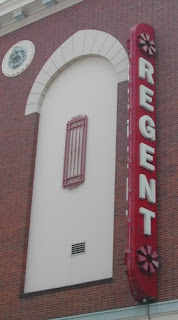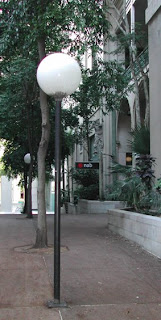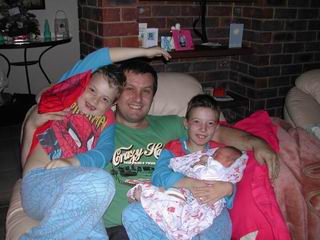Royal Australian Air Force (RAAF) Memorial
At the intersection of Elizabeth and George Street, at the pathway entrance to Queens Gardens, stands the Royal Australian Air Force (RAAF) memorial. The memorial honours all men and women who served in the RAAF, especially those who in so doing gave their lives or suffered lasting hurt. The main feature of the memorial is the Wedge-tailed Eagle, perched upon a striking pedestal. 
I feel that this sculpture is a fitting memorial to RAAF personnel. These pictures do not do justice to the width of the Eagle, whose wingspan is well over two metres. In researching this piece, I found some interesting variants on the translation of the Latin. Since there can be a number of different meanings to "Ardua", scholars have declared it to be untranslatable. To the Royal Australian Air Force, however, it will remain translated as Through Adversity to the Stars.
Cheers, I Love Brisbane, Wes.
Click Here for the Google Map Reference for this post.



















































